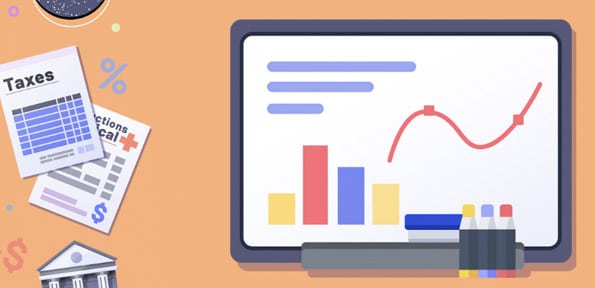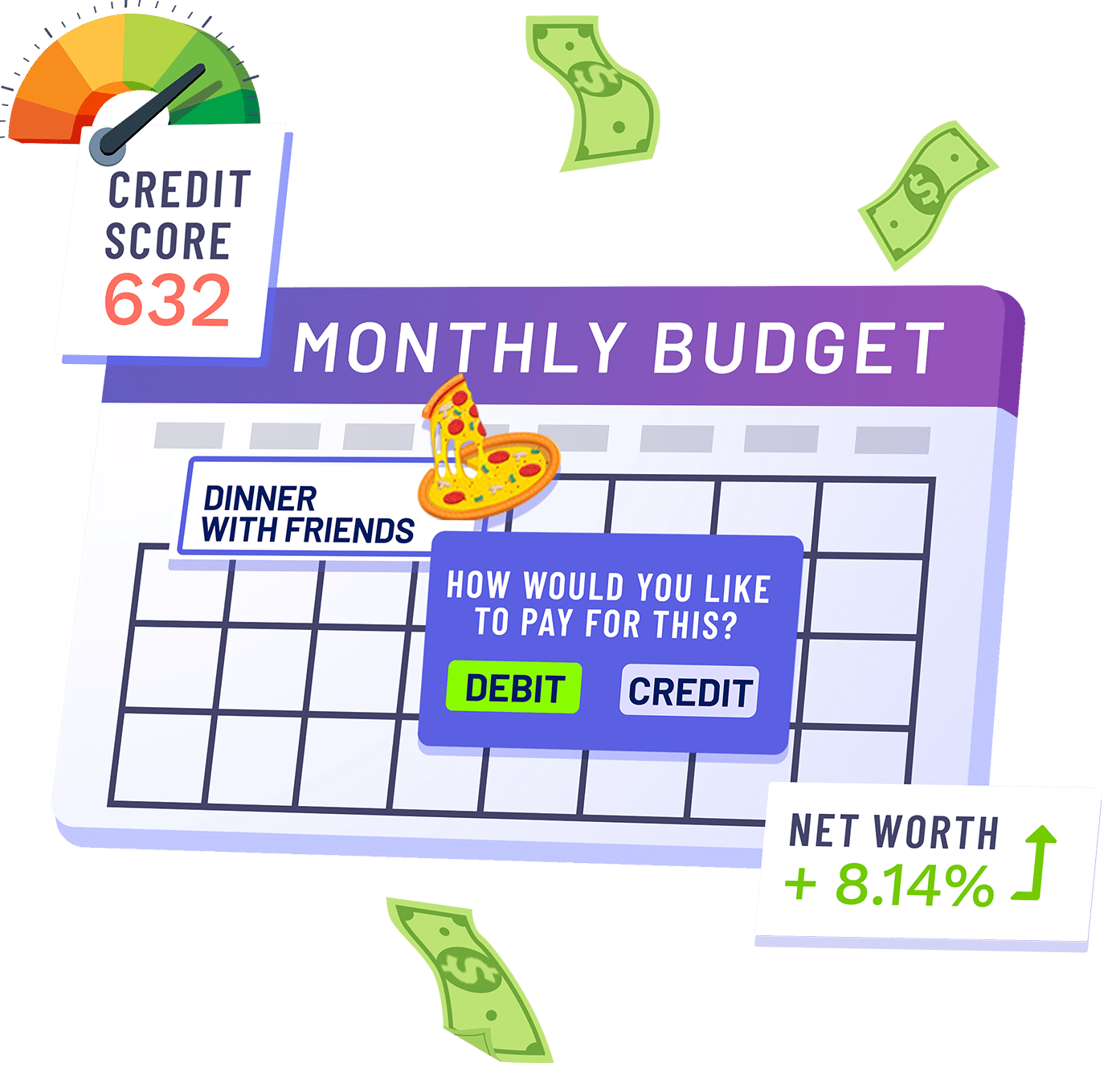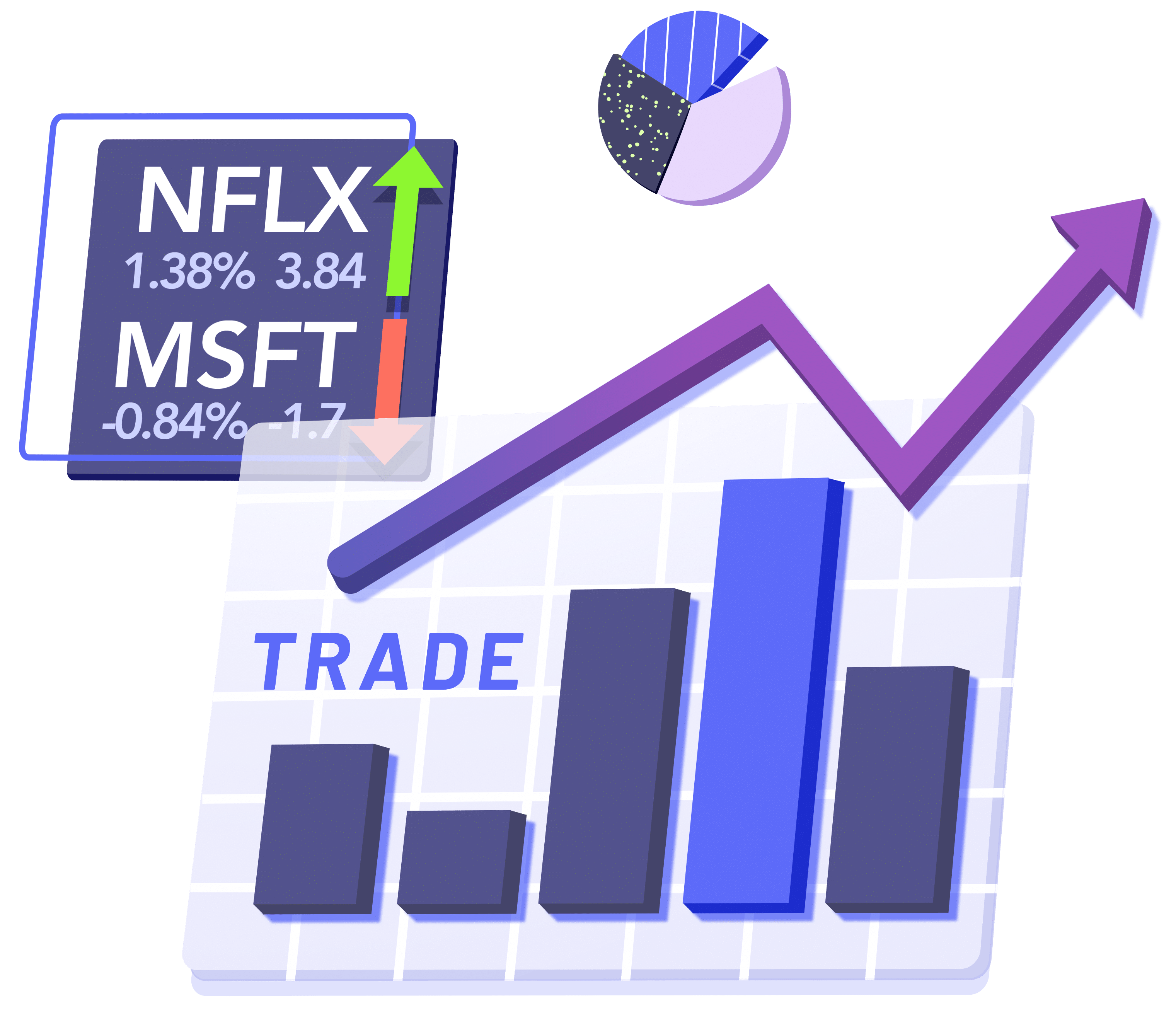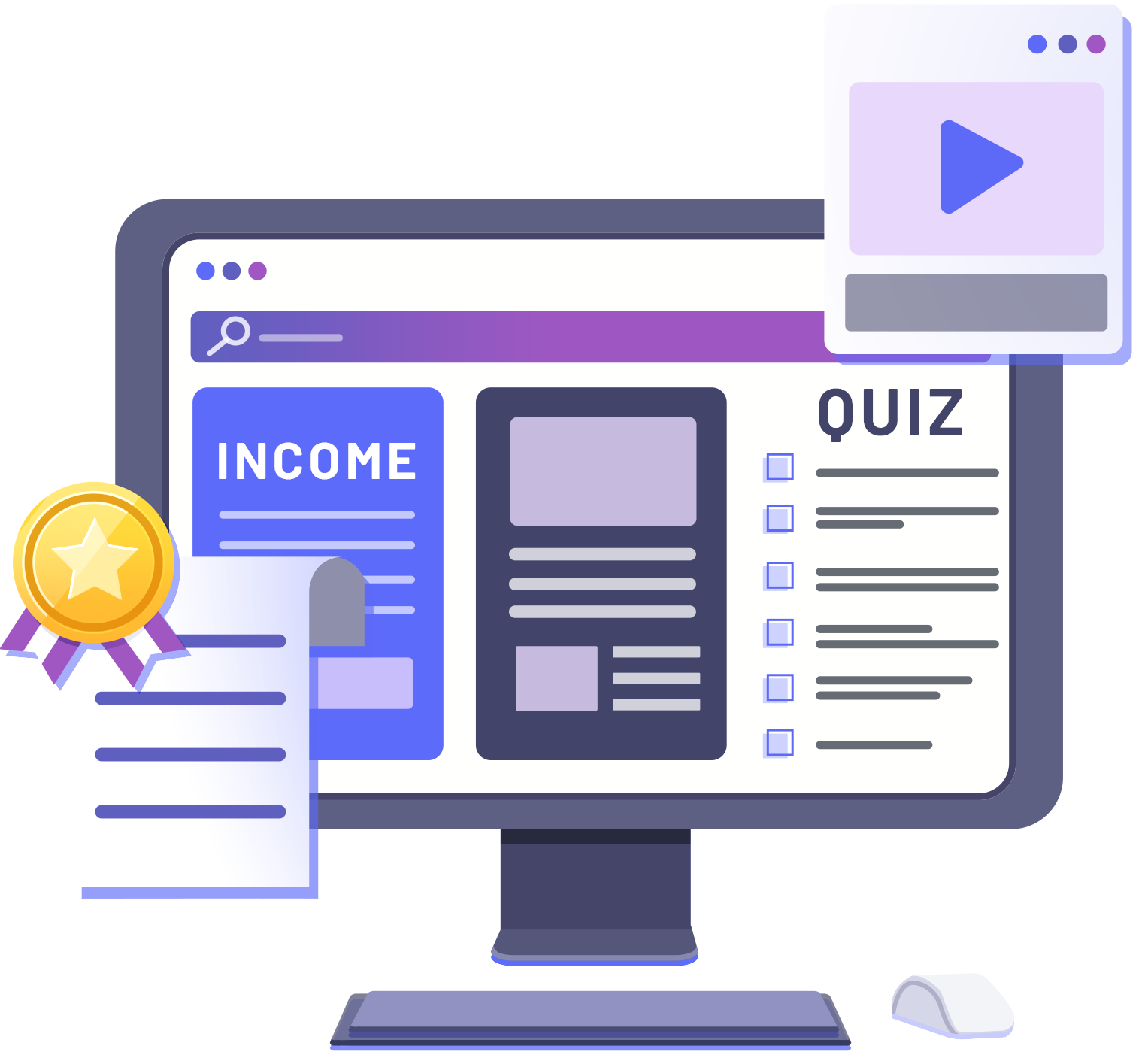

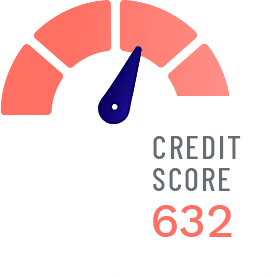


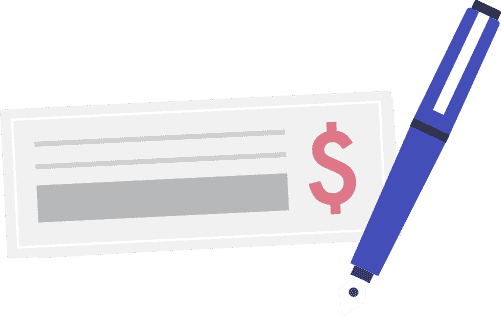
New Mexico
State Standards
We compared our curriculum and the core financial literacy concepts that are covered in our Budget and Stock Games to the personal finance standards for the state of New Mexico.
A list of the New Mexico Social Studies Standards are below, along with a selection of activities from our games and library that align with each standard. Our curriculum library contains over 300 total lessons that can be customized for every class, so this may not include every lesson that may apply for each standard.
